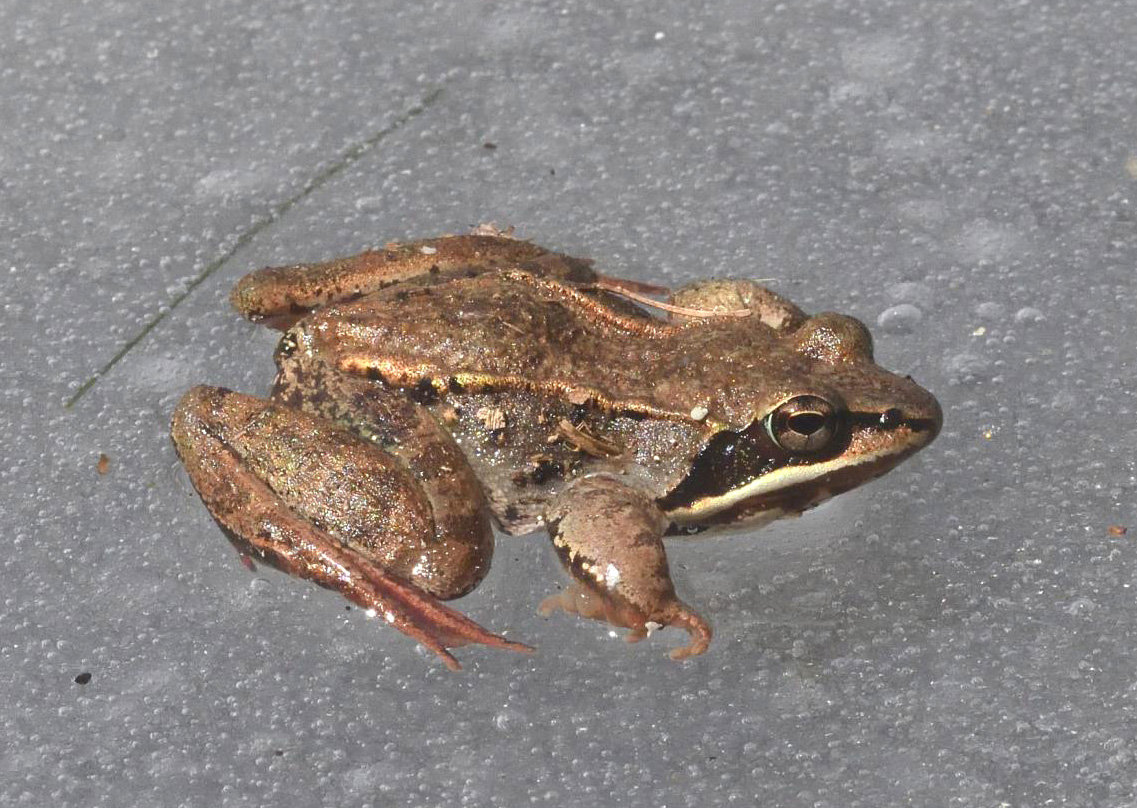As I write this column, it is windy and snowing; the forecast is for up to 14 inches of snow before the storm ends. Yet today, the 14th of March, I am thinking of spring.
On this day, three years …
Stay informed about your community and support local independent journalism.
Subscribe to The River Reporter today. click here
This item is available in full to subscribers.
Please log in to continue |

As I write this column, it is windy and snowing; the forecast is for up to 14 inches of snow before the storm ends. Yet today, the 14th of March, I am thinking of spring.
On this day, three years ago, I heard a song heralding the approach of the spring season and its promise of warmer weather. I heard some wood frogs starting their courtship calling a few miles north of Milford, PA. Although it may be hard to think of, early amphibian emergence is almost upon us.
The first singers to be heard are wood frogs (Lithobates sylvaticus). They can be heard in the area from mid-March into the first week or two of April. A relatively mild day, 50 degrees Fahrenheit or so, is a good time to listen for them.
They utilize vernal ponds for the most part, and this is part of the reason this species starts early; some of the ponds used could dry up as the weather gets warmer.
The young that are produced by the early breeding effort need enough time to develop into frogs before the water in the pond dries up. Wood frogs are ”explosive breeders”; they will breed at the same pond all at once, and finish in the space of a week or two. The calling of the males sounds like a quacking noise.
The next singing amphibian you will likely hear is the spring peeper (Pseudacris crucifer). The first ones from a given pond will usually be heard a week or two after the first wood frog sings.
Spring peepers are smaller frogs, but are more numerous than wood frogs. They utilize much more habitat, and can be found in large wetlands or in small drainages that hold water. They will also utilize the same habitat as wood frogs do.
The singing can be heard from late March to early May in many locations. Many people either pass by or live near the breeding habitat of these frogs; they are commonly heard during the spring.
The vocalizations of both species, included here, are from the same pond. Scroll down to the bottom of each frog’s PA Amphibian and Reptile form to play the audio.
Wood frog: click here: bit.ly/3JnpPpC
Spring peeper: click here: bit.ly/3ZQWeM6
Comments
No comments on this item Please log in to comment by clicking here